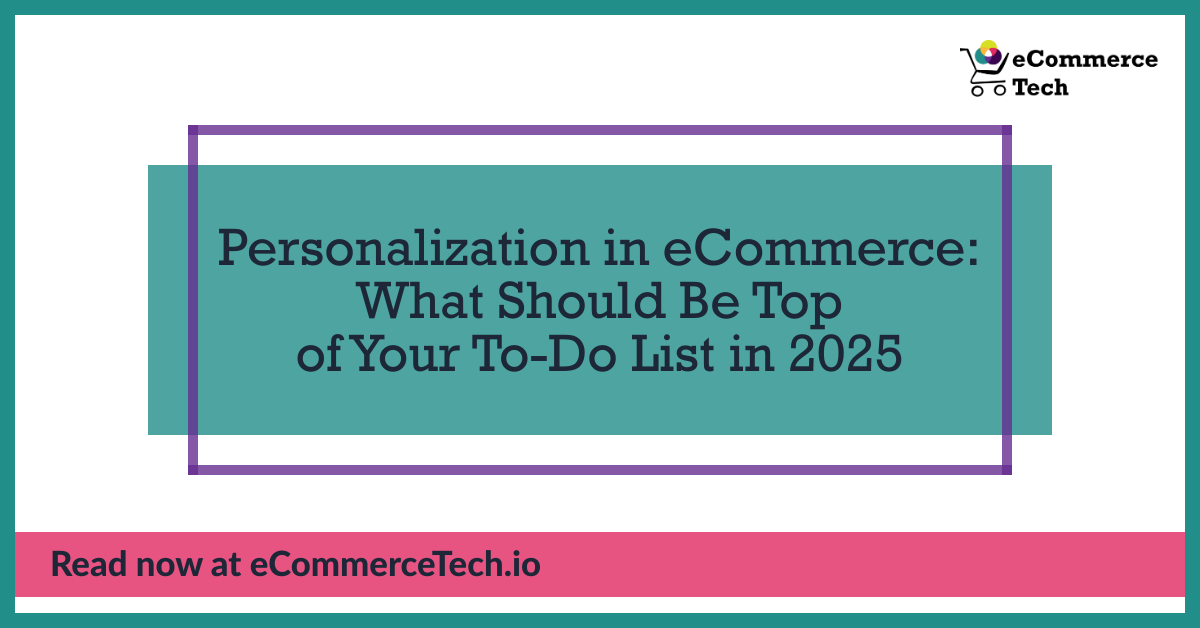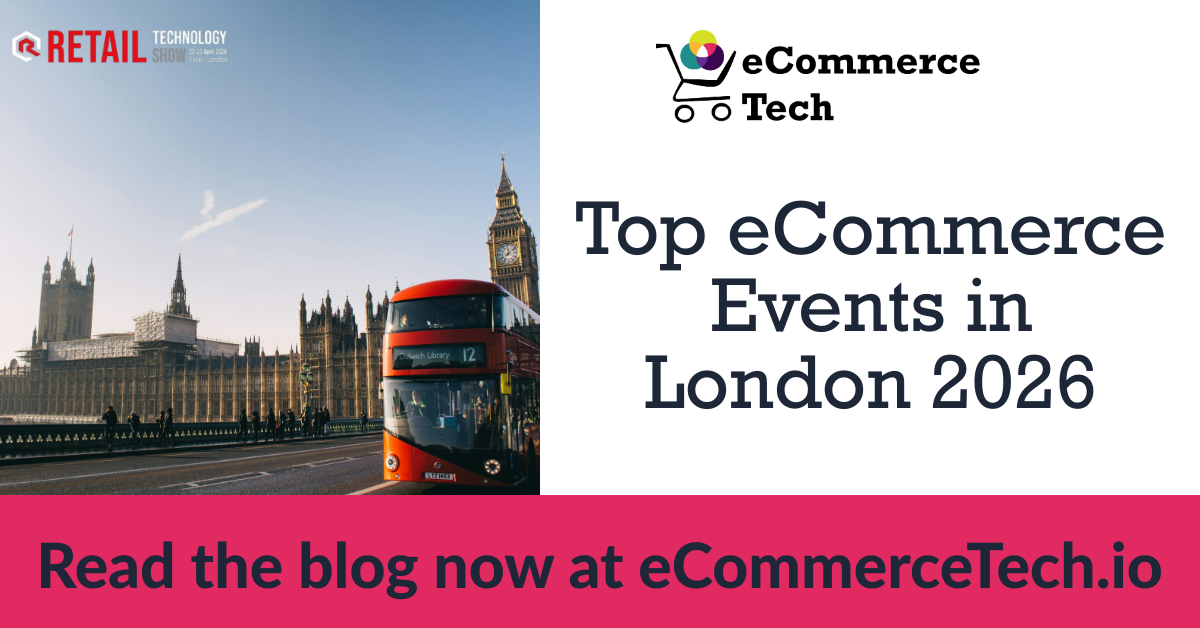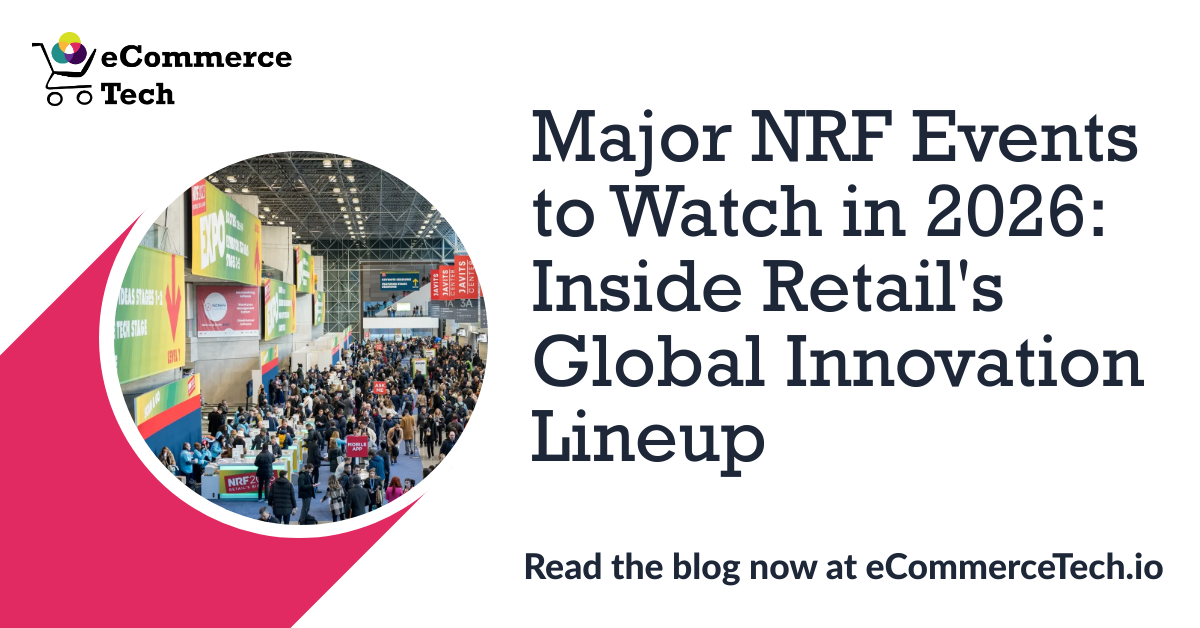In 2025, personalization is no longer a trend; it has become a baseline expectation. Customers no longer celebrate when a brand personalizes well; instead, they notice when you don’t. And that’s where most eCommerce brands still stumble. They’ve got pop-ups, discounts, and email flows, but they’re often disconnected, transactional, and even frustrating.
So what does meaningful personalization look like now? It’s not about flashy tools. It’s about relevance built on data. It’s loyalty that feels earned, not automated. It’s marketing that understands the difference between adding value and adding noise.
To help brands figure out where to focus, Chloe Thomas hosted a recent episode of the eCommerce Explored webinar series. She was joined by three experts who unpacked practical personalization strategies for 2025. Their advice echoed what we’re seeing across the industry: personalization only works when it’s rooted in data, tied to measurable outcomes, and consistent across the entire customer journey.
Meet the Experts
Katie Bassett (Voyado) – Partnerships Lead at Voyado, a Swedish tech company focused on loyalty and customer engagement. She helps brands build connected, data-powered journeys that boost retention.
Mollie Woolnough-Rai (Penny Black) – Senior Marketing Manager at Penny Black, a platform helping DTC brands personalize their unboxing and post-purchase experience.
Sam Panzer (Talon.One) – Director of Industry Strategy at Talon.One, where he helps brands like Adidas and Sephora craft smarter promotions and incentive strategies.
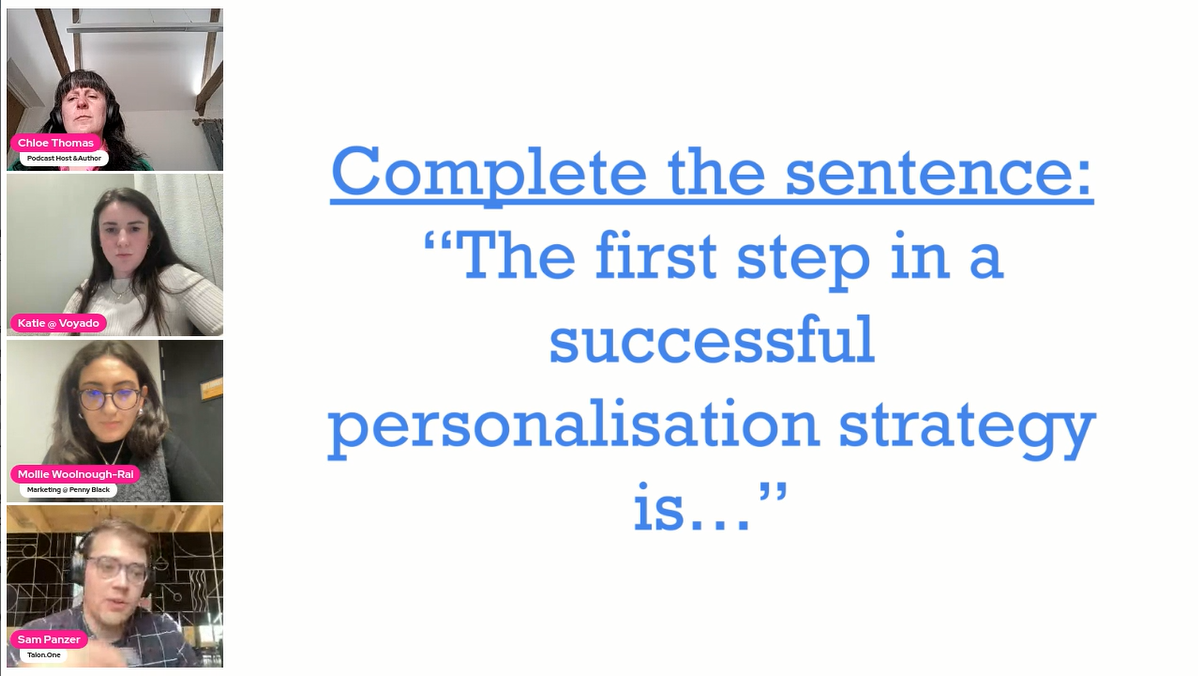
First-Party Data Is the Real Starting Point
Too often, personalization starts with the surface: a pop-up, a discount wheel, or a product recommendation. But without clean, useful data behind it, those tactics fall flat. I always say that before you personalize anything, you need to know someone. Katie reinforced this point when she noted personalization is about improving the customer experience, but “before that, you have the foundations that you need to get right… It comes down to data and how we collect that.”
It’s also about context. Katie shared a frustrating example where she engaged with a gamified discount offer, only to repeat the entire flow the next time she visited the site: “I had a great gamification to spin the wheel… but then I go back onto that site and they asked me to do that same journey.” That kind of broken experience doesn’t feel personal; it feels like starting from scratch.
What you need is a clear strategy for collecting first-party data information that your customers willingly provide. And it’s not just emails; it’s purchase history, preferences, quiz answers, and behavior patterns.
Sam offered a smart approach: begin with a data audit and a wishlist. Ask yourself, “What data do we already have?” and more importantly, “What do we wish we knew?” As he explained, “Understand what data you have on hand today that could be useful… and then on the wishlist side, are there things that if you could just reach into every customer’s brain and grab a piece of data, what could you do with that?”
If you're building that foundation now, these Customer Data Platform Tools are a good place to start.
Personalization Should Drive Profit, Not Just Engagement
Here’s where many brands go wrong: they personalize content but not incentives. Or worse, they throw out 20% discounts to everyone and call it a strategy. However, personalization that doesn’t drive profitability is merely an expensive decoration.
Sam explained the problem plainly: “Discounts averaging 18–25% often go to customers who would purchase anyway, burning margins unnecessarily.” His solution? Make sure every incentive links to a specific behavior or goal. “Link a specific customer [to] a specific business outcome… finding a more efficient way to do that other than just saying, ‘Hey, it’s a low revenue week… let’s do 30 or 40% site-wide.’”
Mollie built on this with a business-first mindset: “Are you going to generate more revenue by doing this personalization tactic? Is it going to drive repeat business? Is it actually going to resonate with the customer base?” This research by McKinsey supports the claim that companies that get personalization right grow revenue 40% faster and reduce acquisition costs by half.
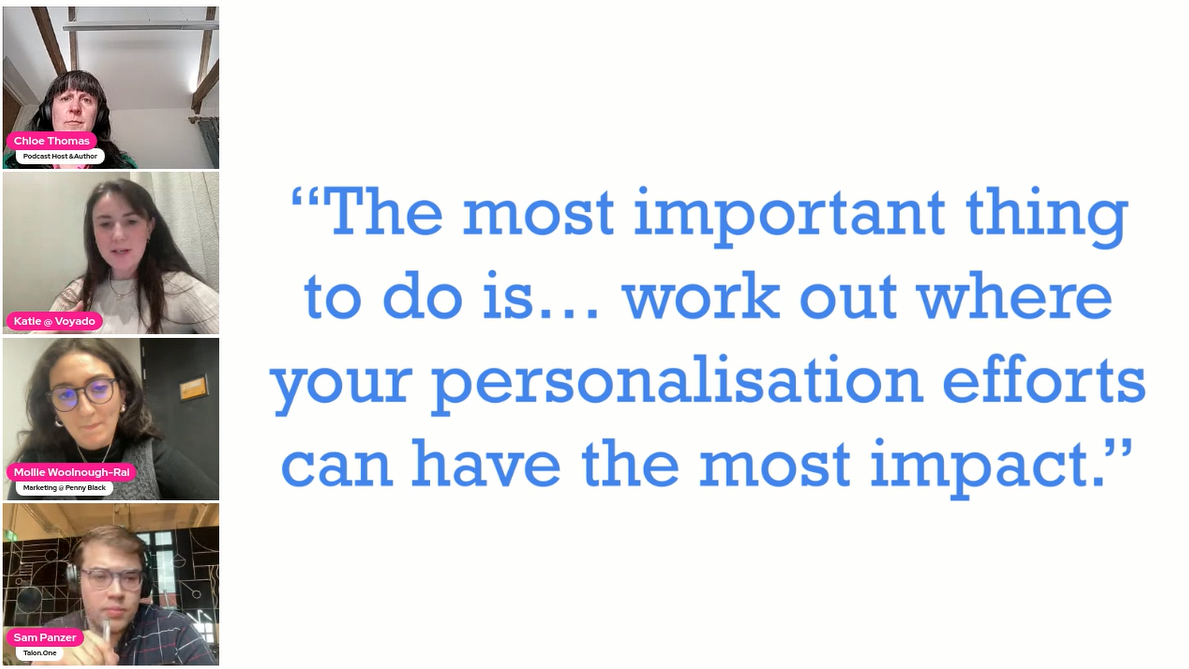
If It’s Not Measurable, It’s Not Worth It
You shouldn’t launch any personalization tactic without being able to answer: Did this work? Mollie emphasized that KPIs should be baked in before you roll anything out: “Use pre-personalization results as your benchmark and be very clear on what that is… have very specific set KPIs based on the purpose of your personalization.”
This is why small tests matter. Katie shared that one brand saw a 47% increase in newsletter sign-ups by simply collecting data post-purchase, rather than during checkout. As she said, “Testing… It’s optimizing what we have in front of us.”
Sam connected this back to discounting strategy: “If your average discount rate is 18 or 20%, that’s just straight up eating into margin… Boston Consulting Group has a paper… if you shift your mass offer spend… to personalized offers, they’ve estimated that pretty consistently you can double the ROI of that part of your spend.”
Measurability ensures that personalization adds value, not just effort.
Personalization Doesn’t End at Checkout
If your personalization ends when the “thank you” page loads, you're missing your best opportunity to turn a buyer into a loyal customer. I always say: Your packaging is your first in-home marketing channel.
Mollie explained how Penny Black helps brands use inserts strategically: “You’re adding what you’re able to with Penny Black is consolidate any print marketing… into one more meaningful insert.” For example, first-time customers could receive a personalized discount code for their next purchase.
Subscribers might see a different message each time: “If it’s a subscriber who’s had their first subscription order, that insert might ask them to leave a review… The next subscription order, you could have a different insert that then ask them to refer a friend.”
This isn't just a nice touch; it delivers real results. She mentioned Bird & Blend, a tea brand that used post-purchase inserts to grow community sign-ups by 400%.
And as Sam warned, incentives still need to reflect your values. “If you’re just whacking the discount club over your customer, you’re telling them that our brand’s principle is giving you stuff for really cheap.” Katie added, “Stay true to your brand, be authentic… especially as a B Corp, let’s keep that front and center of your business.”
Explore more post-purchase personalization tactics here.
Start Small, Then Build
One of the biggest blockers for personalization isn’t tech, it’s time. Katie said it outright: “Resource fundamentally is a real bottleneck for many brands… Our job is to make it easier to streamline and be efficient as a team.”
Even large companies face this. Sam shared, “We commissioned some research… The number one response was resources.” His fix? “Start with a scrappy test case… glue together with Excel and figure out, is that going to move the needle enough?”
And Mollie added the most important point: don’t wait for the perfect strategy. “Start small. Try one test… try that birthday email. What does it do?”
Your Personalization Checklist for 2025
Here’s what should be at the top of your to-do list this year:
- Audit your first-party data: What do you have? What’s missing?
- Build your data wishlist: What insights would unlock better targeting?
- Set clear KPIs for every tactic before launch.
- Tie every campaign to a measurable business outcome.
- Ditch blanket discounts and link offers to customer behavior.
- Personalize the post-purchase journey (inserts, follow-ups, loyalty).
- Start with one test per channel. Measure. Iterate.
- Align your team: Personalization isn’t just marketing’s job.
- Be authentic: Personalization should reinforce your brand, not cheapen it.
Final Thoughts
Personalization isn’t a campaign. It’s a discipline. And in 2025, it’s not optional.
As Mollie put it, “It’s not about improvement anymore. It’s about meeting everyone else where their customer experience is.” Sam urged us to “follow the money,” and Katie grounded us with this reminder: “Put yourself in the shoes of your customer and how they go through that journey with you.”
Ready to make 2025 the year you get personalization right? Watch the full webinar replay here or sign up for more exclusive content from future sessions with our eCommerce Explored series. Additionally, if you're eager to explore ways to enhance your personalization strategy, consider visiting our Personalization Tech Directory.

